I’ve always been a builder so the decision to make a DIY camper was an easy one. For much of my life I have worked to hone my skills to be able to create and build whatever I could imagine using whatever medium needed. It mostly started with wood shop, lapidary and even graphic arts in high school. I became fascinated with the ability to think something up and then create it and use it. In my mid 20s I went back to school and took welding, machining and drafting then got a job as a welder/fabricator in a high end architectural metal shop working with a true master of his trade.
Working here I learned more in the first month than I learned the entire time I was in school. I became a better welder and machinist, I learned how to work with sheet metal and how to do finish work on stainless, copper, brass and other decorative metals. Drafting was the skill I brought to the table that had been lacking in the shop. When a shop is contracted to build something for a job the architect requires a set of shop drawings, a detailed drawing that lays out exactly what and how the item will be built. This is needed to work out issues such as where seams will be, what fasteners will be used, and whether or not it can actually be built. Up until then the shop drawings were done by hand by the boss, a very time consuming process. I also used my drafting skills to learn to program the two CNC machines the shop had that weren’t being used.
Growing tired of life in CA I moved to Grand Junction CO and took a job welding at a shop that did a little bit of everything. In the same day I built decorative panels for a multi-million dollar home in Telluride then crawled under a livestock trailer to weld on the frame. We did many jobs with local contractors that required shop drawings and the company had an outside draftsman they worked with that was good, but had no experience building so his drawings weren’t very useful for layouts. Growing frustrated with having to work off these I started a side business doing design work and drawings for the shop I worked in as well as another shop and a few private individuals working on their own homes. This was my first taste of running my own business and while I didn’t make enough money to quit my day job it was good extra income and it taught me a lot about running a business.
When I decided to build this camper I sat down and started drawing up the frame with a few basic needs in mind. I considered a pop up at first and possibly pop out sides but as I’m going to be living in this full time I didn’t want to go through a lengthy set up every night and popping everything out makes stealth camping in the city difficult. At 6’3” tall I didn’t want to be crouched over while standing or curled up while sleeping so I made the ceiling 80” and the bed a standard full size bed. I need it to be able to handle a heavy snow load while I’m out seeking the pow, but I also had to consider weight, this is going on a ’98 Tacoma so it had to be under 1000 lbs to not over load the truck. I do have a propensity to over build things and make them hell for stout and I may have gone a little overboard with this but it should hold up to the abuse I intend to put it through.
When it came to appliances and amenities I did a lot of internet research to get ideas of what I would put in. Countless image searches for truck camper, DIY truck camper, homemade truck camper, van life, camper life, tiny home, etc. I looked at the campers from every camper manufacturer I could find as well as every DIY camper and RV and took a little from each as I saw the things I wanted to incorporate. I took a little from everywhere but really every camper has pretty much the same amenities they all just cram them in a tiny package in different ways. That said I feel companies like Four Wheel Campers and Travel Lite have some really cool innovative and lightweight designs and if I were to buy a camper it would be from one of them.
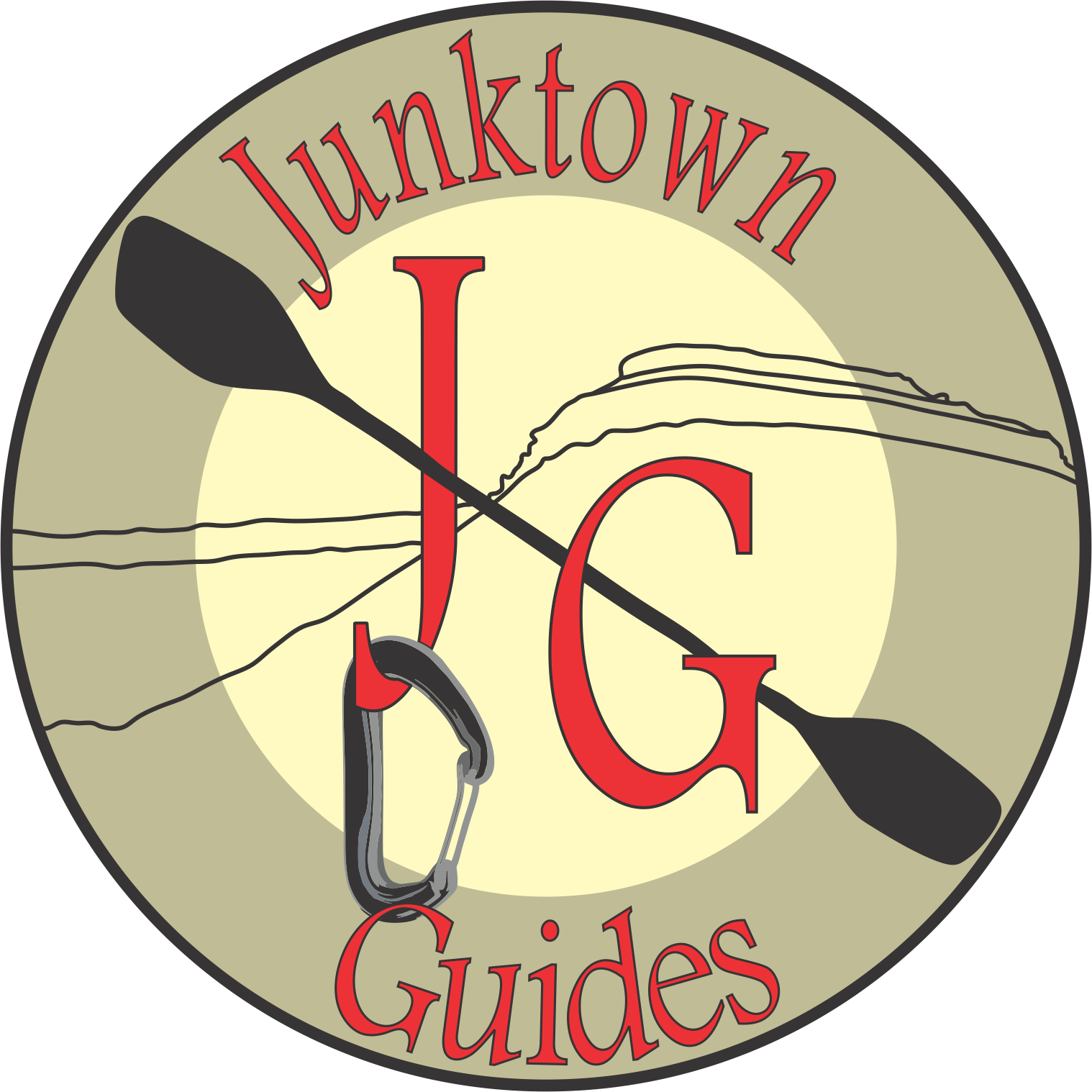

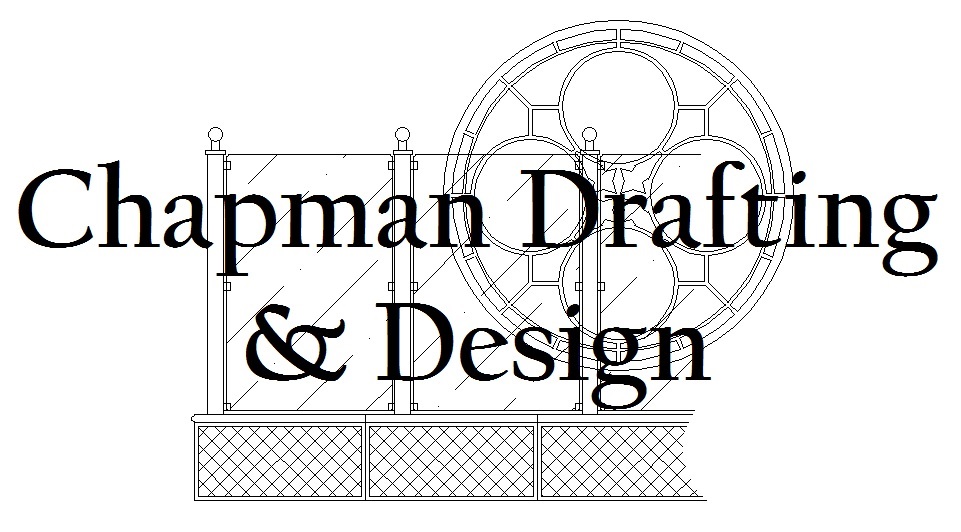
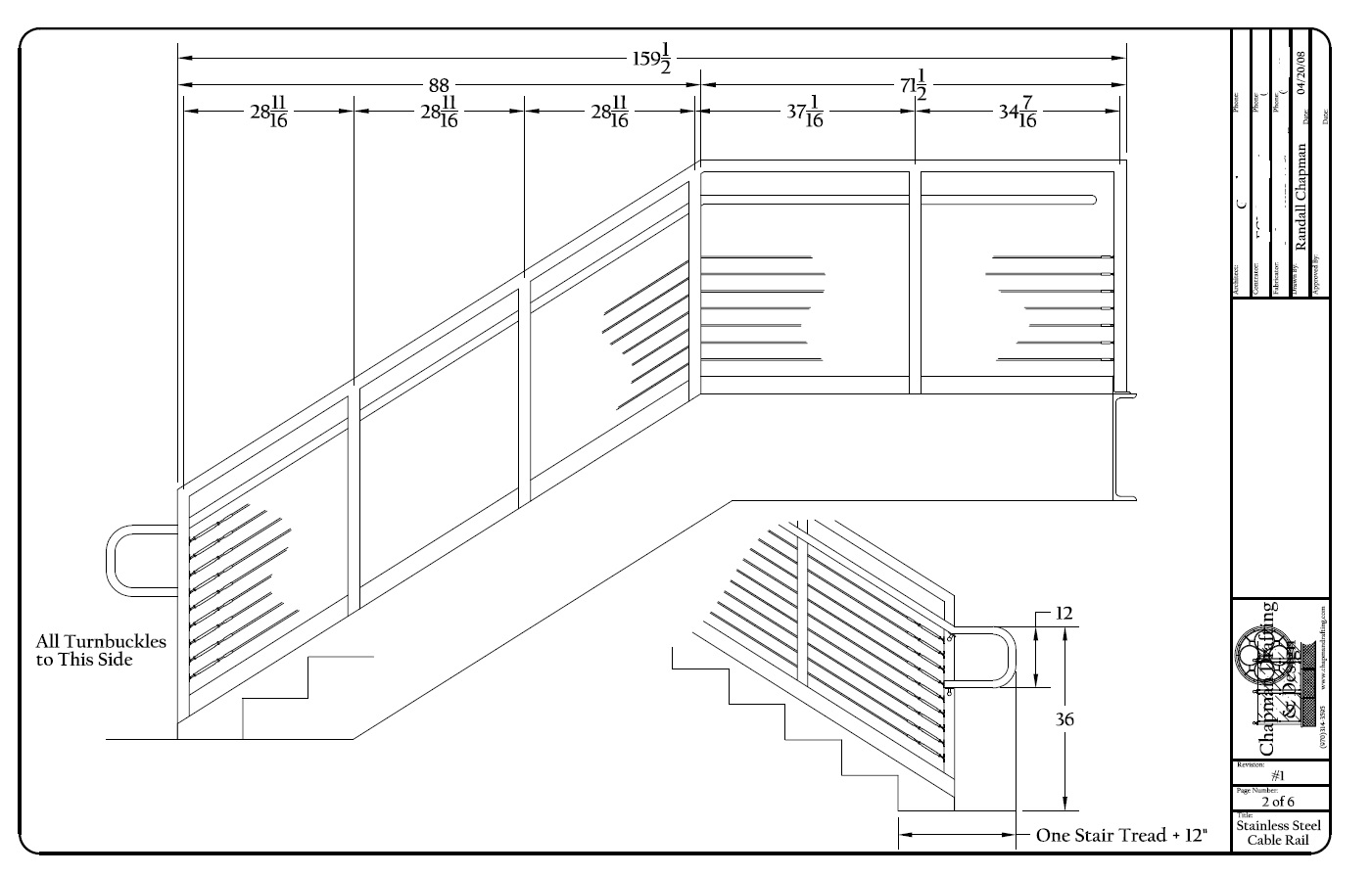
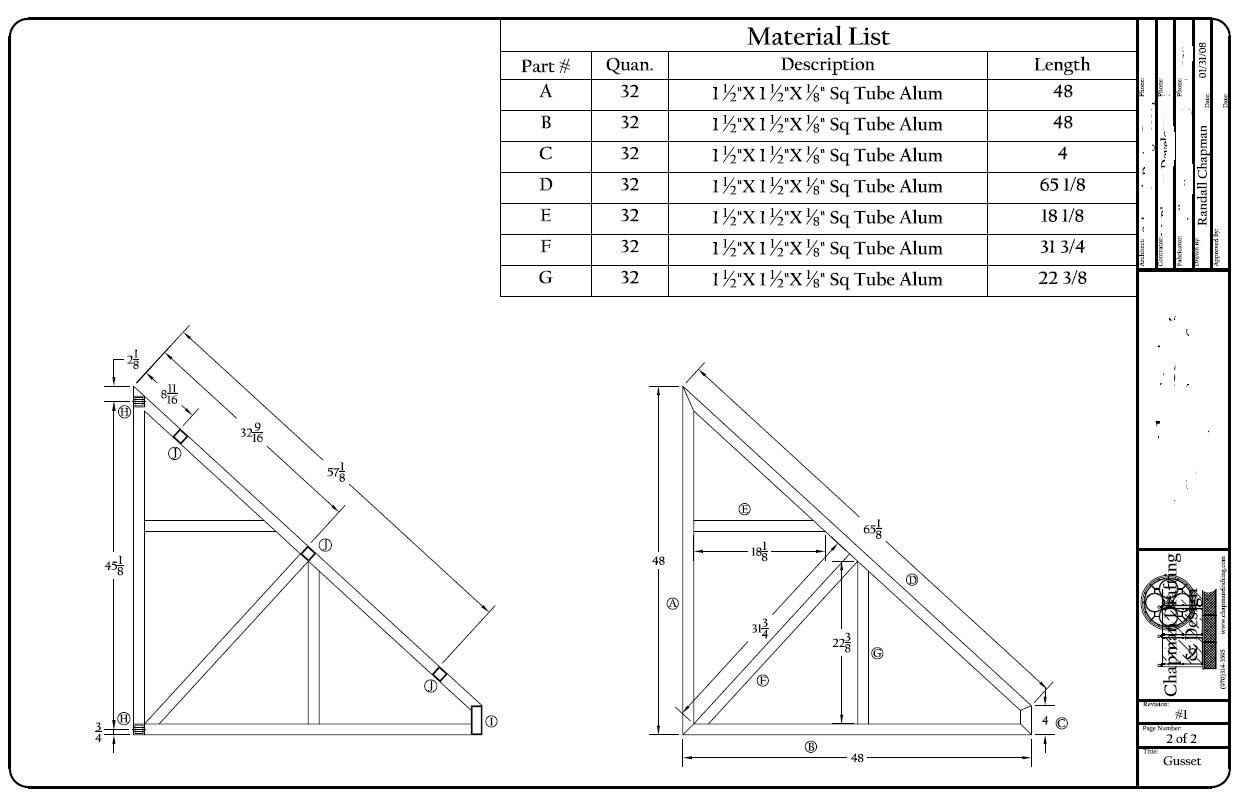
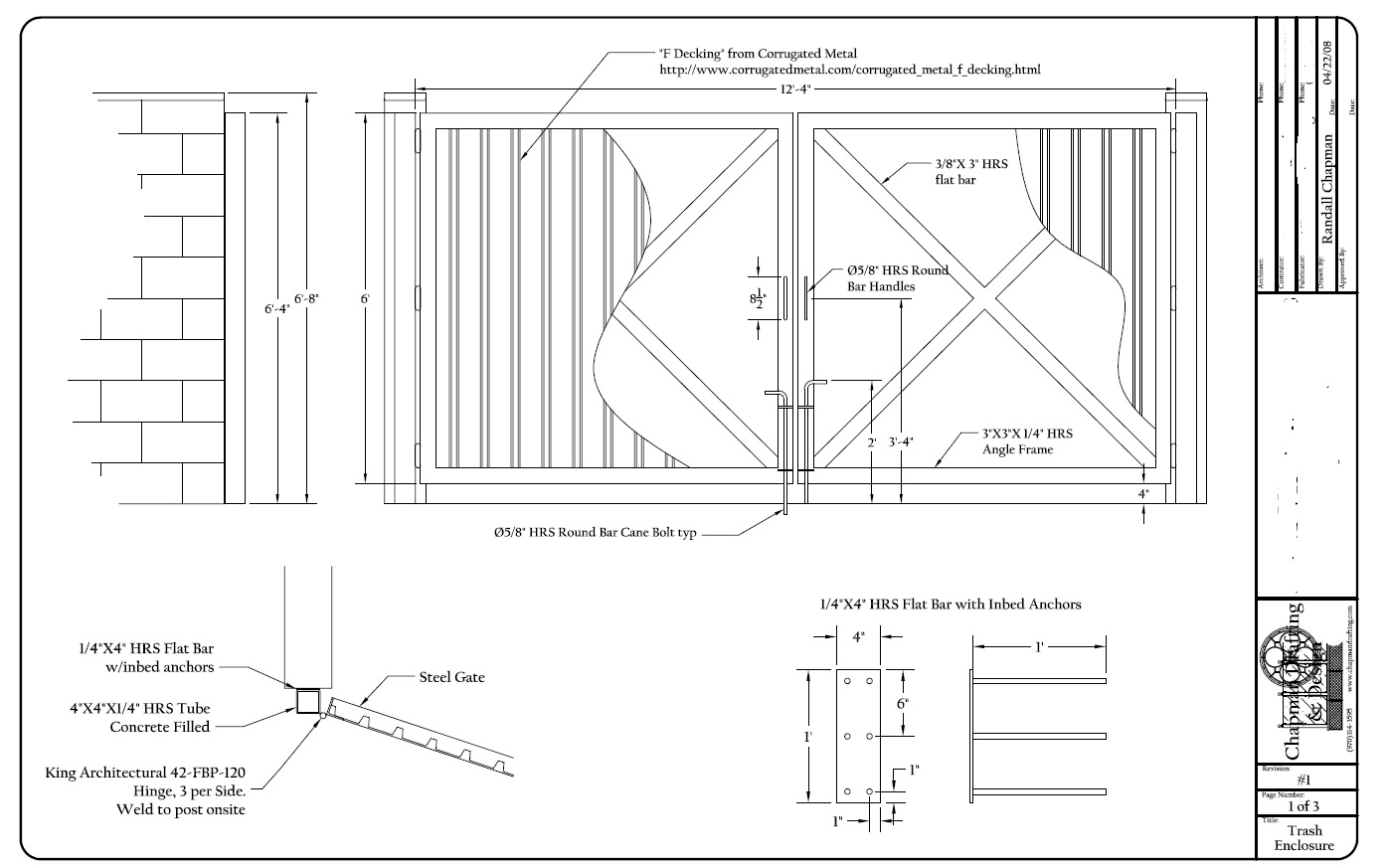
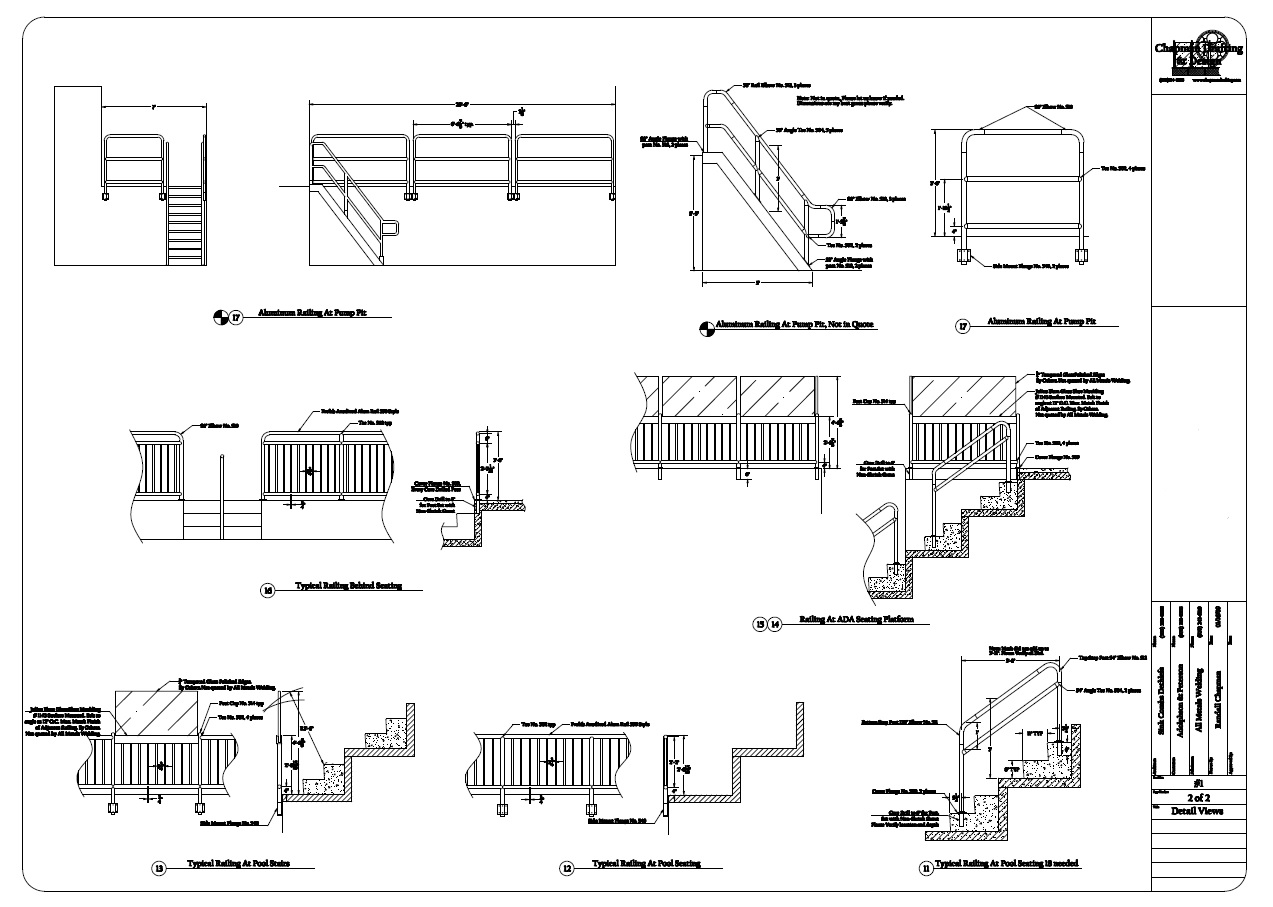
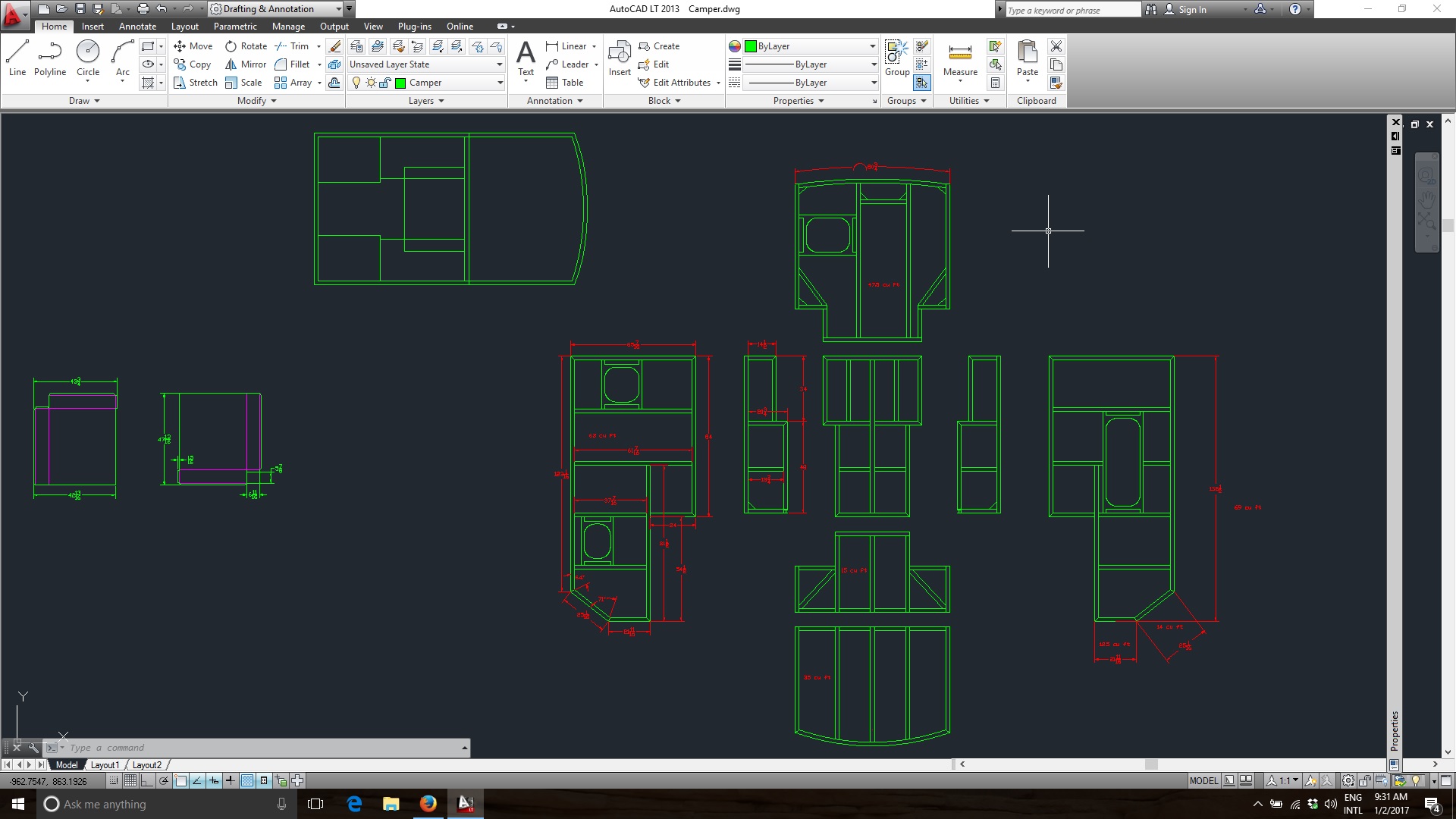
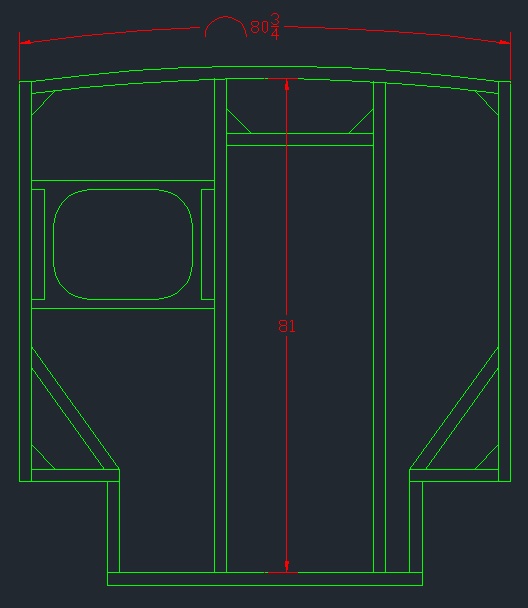
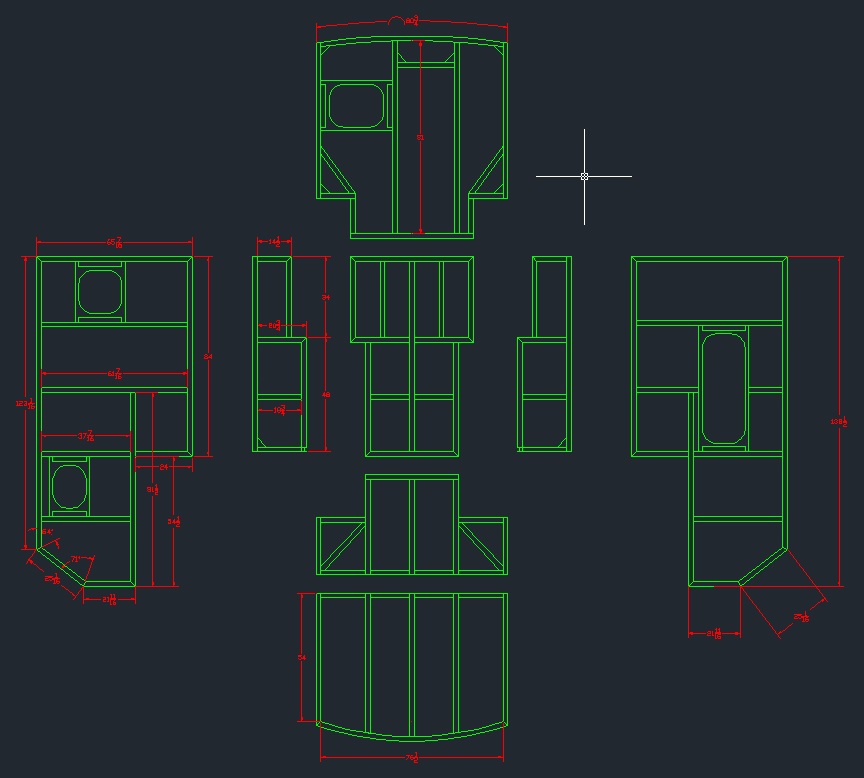
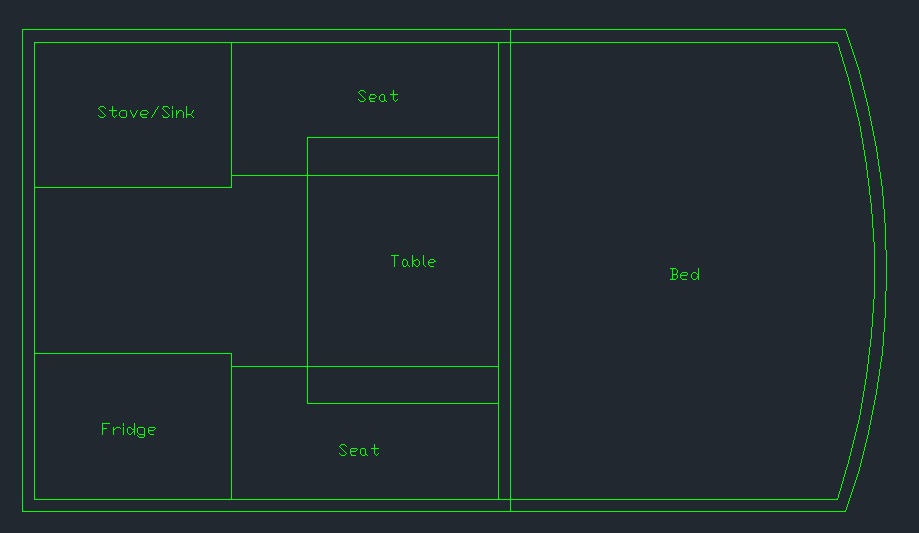

0 Comments